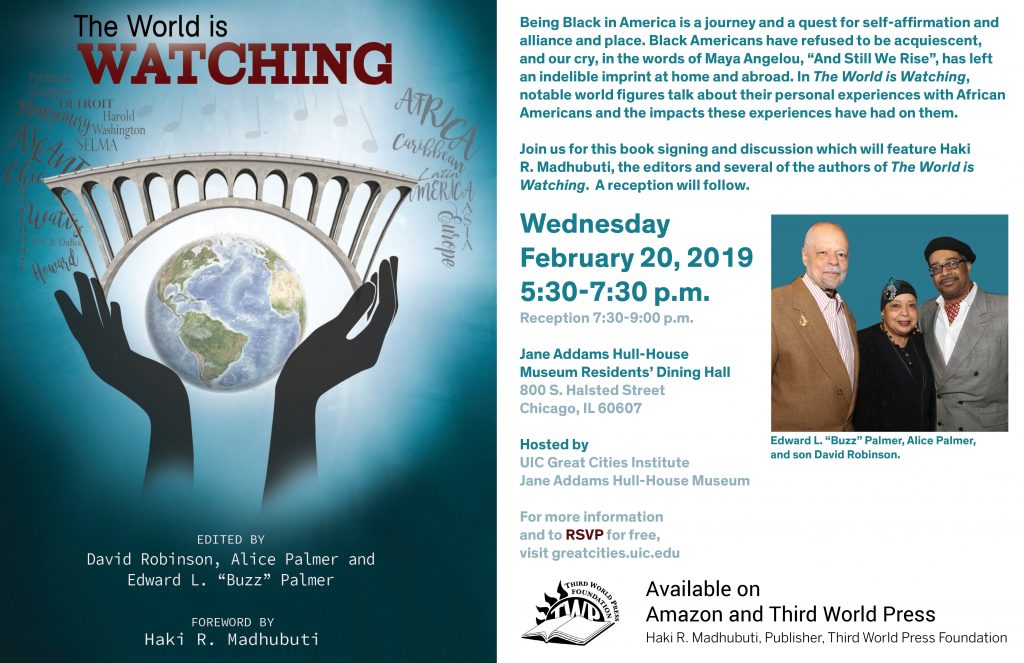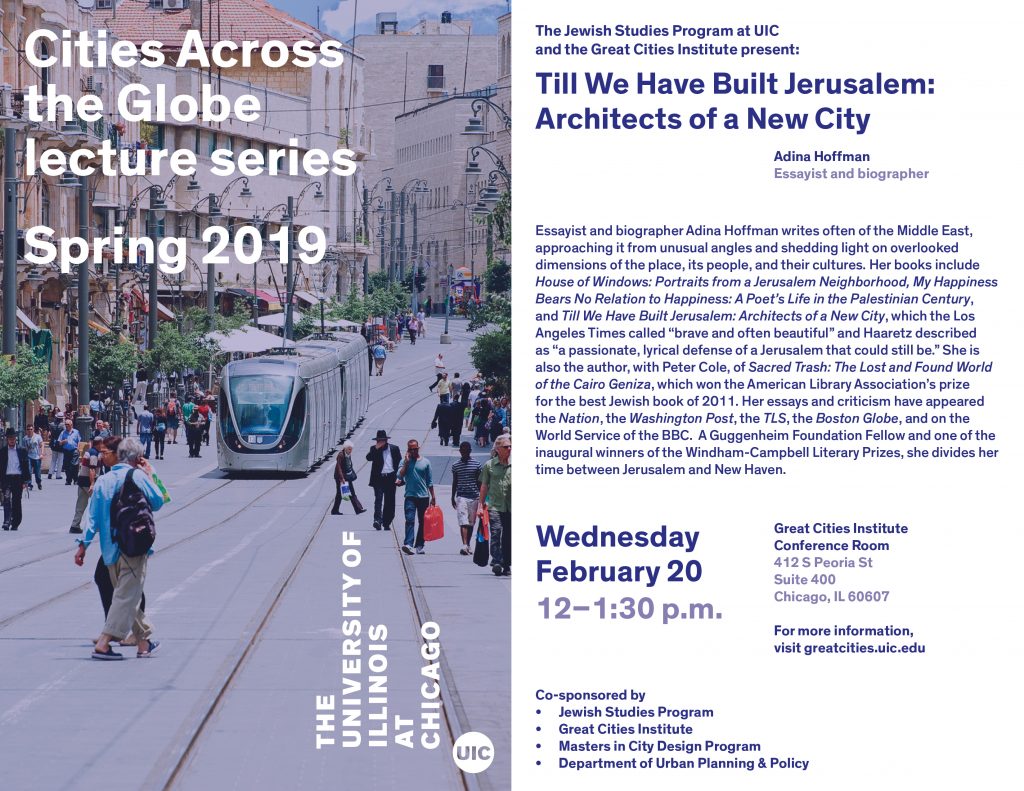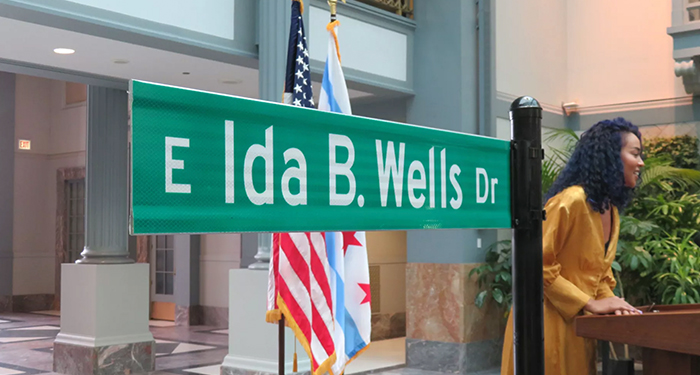
Digital tools developed from the ON TO 2050 regional plan for northeastern Illinois will be the focus of the debut UTC 2019 Seminar Series presentation Thursday February 21. Tina Fassett Smith, Communications Principal at the Chicago Metropolitan Agency for Planning, will lead participants on an exploration of the ON TO 2050 website with a focus on tools meant to guide implementation of the plan’s recommendations. The presentation will begin at noon and will be held in the Great Cities Institute Conference Room at CUPPA Hall. All are invited and pizza will be served. https://utc.uic.edu/utc-2019-
February 21, 2019 — Noon to 1:00 p.m.
UTC Spring Seminar Series
Speaker: Tina Fassett Smith, CMAP
Topic: ON TO 2050: Exploring the Plan’s Digital Implementation Tools
Venue: Great Cities Institute Conference Room, Suite 400, 412 S. Peoria St., Chicago









